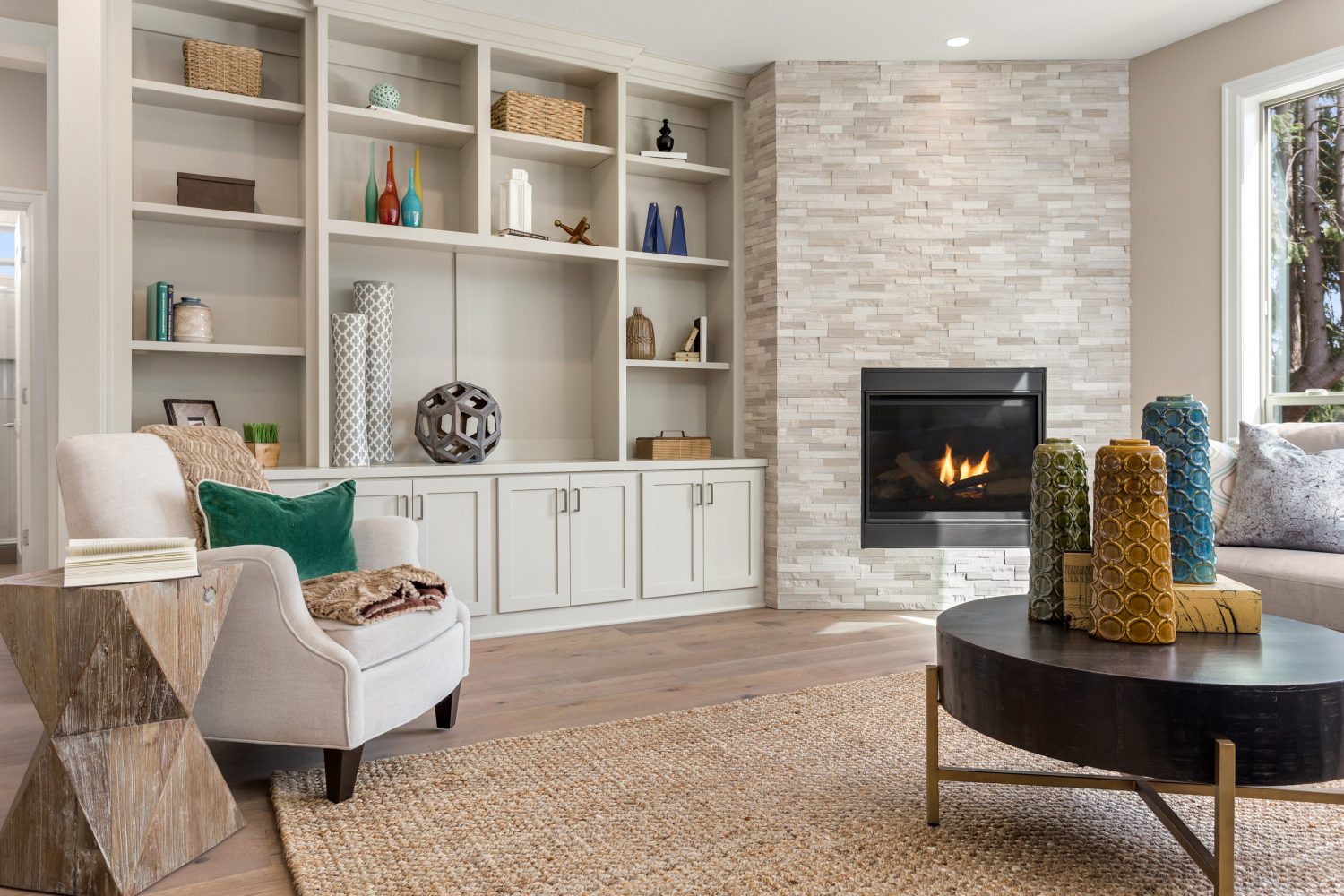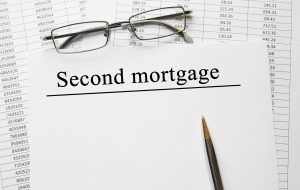What first caught on among the wealthy is now an essential part of the home-selling process if you want to get top dollar.
Home staging — which essentially means making your home as appealing as possible to homebuyers through cleaning, merchandising, and repairing — has been shown to have a very real impact on a home’s price and how long it stays on the market.
According to a Real Estate Staging Association study, homes that were listed as staged sold 90 percent faster than homes that were first listed as-is and only staged after. And a survey from the stateside National Association of Realtors (NAR) suggests homebuyers offer between 1 and 5 percent more for stages homes than they do for comparable properties that are unstaged.
Maybe that doesn’t sound like much, but the average price of a detached home in Toronto is over $1,000,000, so at the low end of the NAR estimate you’re looking at $10,000 added to the list price.
The cost of staging varies substantially, depending on the type of home as well as whether or not you hire a stager. In the hands of a professional, a Toronto bungalow or condo might cost $1,500 or so to the stage, while a luxurious suburban estate can run upwards of $10,000.
For those who want to try a hand at staging a home themselves, we’ve come up with a list of home-staging tips to boost the perceived value of your property for cheap.
Clear out the clutter
“You have to de-clutter,” advises Judy Romeo, a stager and interior designer who founded Judy Romeo Interiors and often works with Justo’s clients. Clearing out the clutter will make a space bigger and emphasize the bones of the place, bringing out its potential. And it’s not just the living spaces that require attention. Remember to clean out the garage, unfinished basement, walk-in closet, and even the attic—a prospective buyer shouldn’t see clutter anywhere they look. Now is also a time to remove any oversized furniture. Depending on how much you have, renting some storage space might be necessary.
Deep clean the interior
Time to put in a little elbow grease (or hire a maid service). Scour your place from floor to ceiling: dust, vacuum, and mop. Here are a few other things for your chore checklist:
- Wash your windows
- Steam-clean your carpet (if you don’t want to pay a cleaning service, you can rent a steamer from the grocery store)
- Polish your floors
- Replace your light bulbs to brighten the interior
- Put out fresh hand towels in the bathroom(s)
- Clean the grout in the kitchen and bathroom(s)
- Use air fresheners
- Wipe off all surface space, from counters to furniture
Create curb appeal
Before visitors even step inside, you have a chance to make a strong impression. “Just getting a fresh planter from Home Depot or something… makes a nice welcoming entrance,” explains Romeo. Remove well-worn or mismatched patio furniture, put down a new welcome mat, and clean the yard. If you live in a condo, ensure your balcony (if you have one) is spick and span, and take advantage of your storage locker to store possessions there. If your home has a driveway or a garage, don’t park your car there on showing days. Emphasize these features by parking up the street or at a neighbour’s place instead.
Here are some tasks to keep up on:
- Mow the lawn
- Prune trees and bushes
- Gather debris
- Powerwash your home’s exterior
- Hose down the sidewalk
- Clear out the gutters
Repaint your home
If you don’t spend money of anything else staging-related, make sure you at least slap on some paint. “Not painting is the first common mistake. I can understand if they don’t want to incur the cost, but it goes up in value—their home—just by painting,” Romeo tells Justo.
Homeowners will especially want to cover up any garish accent walls. It might be to your liking, but it’s better to play it safe and go with neutrals, a fresh coat of white, light grey or cream (but not too yellow) paint should do the trick. It’s not just the walls you’ve got to worry about, don’t shy away from freshening up your kitchen cabinets or doors. At the same time, tear down dated wallpaper. “That’s gotta come off,” says Romeo.
De-personalize living spaces
A house isn’t a home without your accessories. You’ve made it your own, a reflection of your unique personal style. But as you get ready to part with your property, it’s important to de-personalize your home. If you’ve already de-cluttered, double-check to make sure there aren’t any personal effects lying around.
“You’ve got to take any family photos off the wall,” says Romeo. “It’s just about the structure of the home, it’s about the interior of the home, and the upgrades in the home—that’s what you’re trying to showcase,” she adds, noting this can be tough for some clients at first. The idea is you want potential buyers to be able to truly picture themselves living in your home. Highly personalized details stand in the way of this for homebuyers. “They’re going to imagine their family eating dinner, they’re themselves entertaining, they’re going to imagine their own furniture in that house.”
Remember: embrace minimalism
“Some people go overboard and they accessorize every corner of their house,” says Romeo. Yet this just undoes all that hard work on de-cluttering. Over-accessorizing will make space seem smaller, so keep it simple if you feel like your space is lacking after all this purging and cleaning. Some fresh-cut flowers or a fruit bowl in the kitchen are fine.
Highlight the living room, master bedroom and kitchen
NAR recently surveyed more than 2,000 agents for its 2019 Profile of Home Staging. Part of the US study asked agents representing buyers to evaluate how important it was to stage different parts of a house. Some 47 percent agreed the living room was very important to stage, the highest share of votes of any part of a home. It was followed by the master bedroom at 42 percent and the kitchen at 35 percent. With limited time and resources, it stands to reason that these areas should be priorities if you want to woo buyers.
Make minor repairs
TV shows like Love It Or List It on HGTV perpetuate the idea of extensive renovations boosting home prices big time. However, with large-scale projects come oversized risks. Contractors can go over time and off schedule as complications arise, making it understandable why some would rather trim their asking price than underpin a basement or redo the kitchen. That doesn’t mean it’s recommended to avoid any repairs, though.
“A lot of people don’t pay attention to the small things in their home, but when a buyer’s walking through a house if the door is halfway off the shower and there are cracks in the wall… they start to second guess their purchase price,” Romeo notes. “If you can get ahead of that and you can do some minor work and touch-ups, it definitely provides value,” she continues.
Consider professional help
While the above tips should give you a leg up, sometimes you need to bring in professional help. The smaller the space, the less daunting a DIY approach will be, typically. Owners of larger, older detached homes might especially want to inquire about staging service providers who will work with you every step of the way, from planning to hiring contractors and arranging for furniture rentals and storage. It helps to be aware of overall market conditions as well. In a hot market where demand is strong, some homebuyers even forego home inspections; how a place is staged may matter less during these times than in a slower market.
How to pick a home stager
“I think the first thing you want to do is obviously look at their work, look at their Instagram, even their website,” says Romeo. “And see if it’s something that you like,” she adds.
Next, Romeo recommends arranging a consultation, which varies in cost from the company to company. It’s a good way for you and your realtor to get a sense of whether you think you can work with a particular stager. It’ll be a pretty involved partnership given they’ll be spending time in your home.
“There is value in having a conversation,” says Romeo. “The worst case that could happen if you decide not to do it, but you’ve got a little bit of professional advice.”
Conclusion
Staging your own home can feel like a year’s worth of chores—and then some—so you have to weigh the possible savings from doing it yourself against the added work during the busy home-selling period. A good stager can take a lot of responsibility off of your hands at a time when you have tons to focus on. If it’s too much of an expense to hire a stager, pay attention to detail and complete as many of the steps on this list as possible.
Related article: The Ultimate guide to selling a Toronto home
- The Impact of Interest Rate Cuts on Toronto’s Housing Affordability - April 23, 2025
- Bank of Canada Holds Interest Rate Steady Amid Tariff Uncertainty - April 19, 2025
- The Impact of Interest Rate Cuts on Toronto’s Housing Affordability - April 11, 2025





